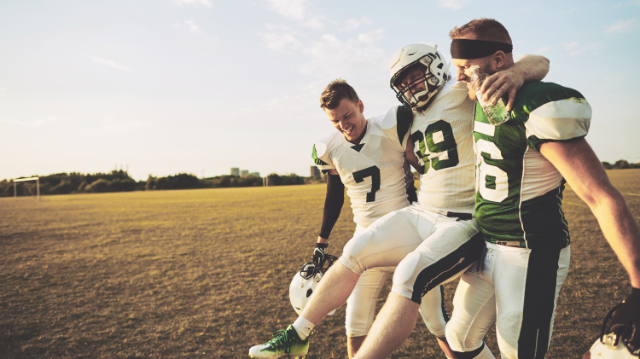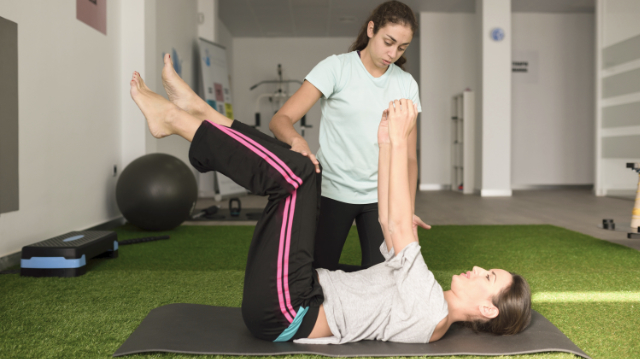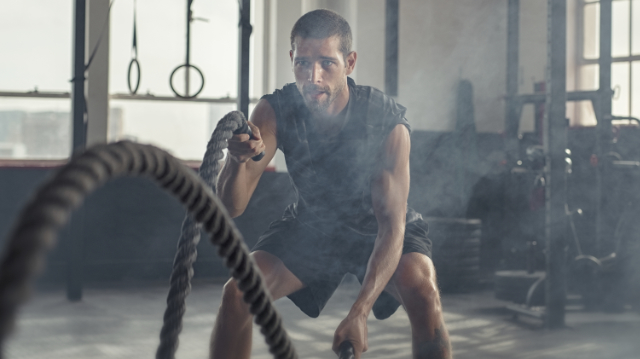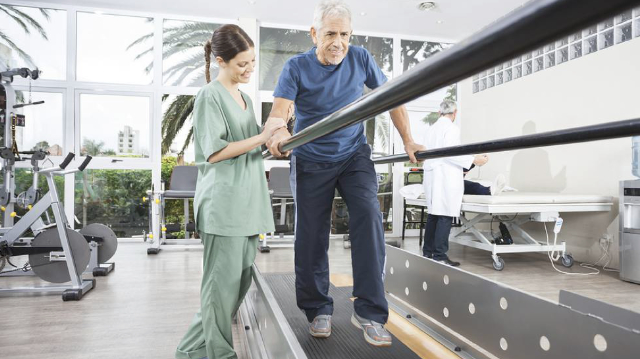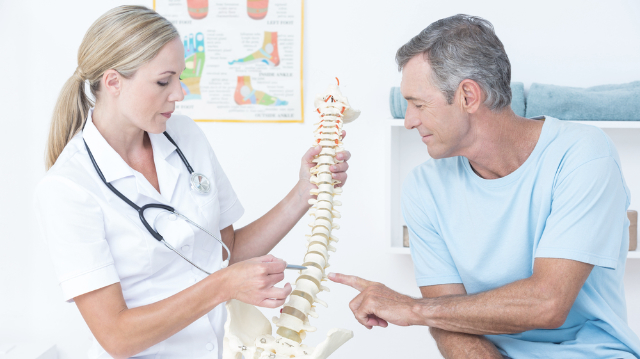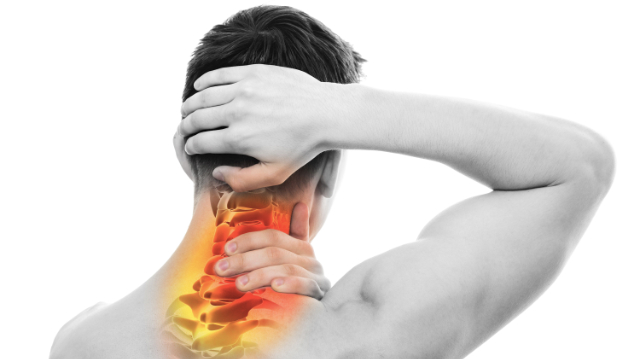
Most of us can recall one or more occasions when the day got off to a rough start because of a stiff neck. This can be explained by the fact that the neck ranks among the most common locations for pain in the body. Statistics vary on just how many people encounter neck pain, but recent evidence suggests that its lifetime prevalence is between 20–70% and that 10–20% of individuals are affected by it at any given time. The likelihood of having neck pain also increases as you get older, and different conditions are more common at certain ages.
When neck pain occurs in children and adolescents, as with back pain, it most likely results from a strain or sprain. Neck muscles and ligaments are quite flexible at these younger ages, but they can still get pushed beyond their limits. When this happens, it is typically from maintaining bad postures for extended periods of time or sleeping on the neck wrong. Patients with neck strains and sprains usually complain of pain and discomfort in the back, side, or front of the neck that limits their movement and activity.
Neck strains and sprains remain common later in life, but several other neck conditions also enter the fold, often due to unavoidable age–related changes. For example, the structures that make up the neck become weaker, the intervertebral discs lose some of their height, and the joints in the neck adapt to other changes in the body. Eventually, these changes make the structures of the neck slightly less effective, which can lead to other neck conditions developing, many of which are known to also occur in the back. Some of the most common disorders include:
- Cervical spinal stenosis: narrowing of the spinal canal in the cervical portion of the spine, which puts pressure on the spinal cord and spinal nerve roots
- Degenerative disc disease: an age–related disorder in which one or more of the intervertebral discs deteriorates or breaks down, which can lead to a herniated disc or other related issues in the neck
- Cervical osteoarthritis: involves the breakdown of protective cartilage that surrounds the ends of joints in the neck; it typically leads to pain and stiffness, while weakness and numbness may also occur in some cases
- Cervical spondylosis: a general term used to describe any pain related to age–related changes in the spine; can occur in the neck or back
These conditions typically develop between the ages of 40–60 but can be seen even earlier in certain individuals. Symptoms can also vary significantly, as some people experience regular pain and physical limitations, while others may have signs of age–related changes but fail to notice any impairments.
If neck pain doesn’t subside with home remedies, see a physical therapist first
These neck conditions can potentially lead to pain, muscle tightness and spasms, decreased ability to move your head, and even headaches in some cases. Some individuals may experience relief after trying simple home remedies—like using ice or heat, performing targeted stretches, and exercising in a pool—and avoiding further aggravation of the spine. But many others will continue to be affected by painful symptoms that usually hinder their enjoyment of life.
For patients that fail to improve on their own, the next step is usually to consult with a healthcare professional, and many will go to their primary care doctor first. Doctors may recommend medication, additional testing, a referral to a specialist, or some combination of these interventions, but evidence is lacking to support many of the popular approaches used for neck pain.
Physical therapy, on the other hand, is supported by an abundance of research showing that it’s effective for reducing patients’ costs and their use of healthcare. The reason is that physical therapists usually begin treatment during the first session and target the impairments identified with a variety of movement–based interventions that are intended to alleviate pain and increase physical function. A typical physical therapy treatment program for neck pain will include the following:
- Stretching exercises: your physical therapist will teach you exercises for the neck designed to relieve your symptoms and allow you to return to normal movement
- Strengthening exercises: specific muscle groups of the neck will be targeted with specific strengthening exercises
- Posture education: since using proper posture will prevent your condition from worsening, your therapist will provide specific guidance on postural improvements
- Manual therapy: your therapist will also use their hands to perform various techniques to relieve pressure in the neck
- Functional training: as you progress in your treatment, functional exercises will be integrated to help you return to your job, sport, or other daily activities
Supportive research includes studies showing that physical therapy can lead to less pain and disability, as well as lower overall treatment costs for those who consult with a physical therapist early due to reduced odds for receiving an opioid prescription, spinal injection or imaging test. Therefore, patients with neck pain should strongly consider seeing a physical therapist, and preferably sooner rather than later. Doing so will allow you to get started on personalized path to recovery right away while avoiding additional referrals, diagnostic tests, and other interventions that are usually expensive and/or unnecessary.


